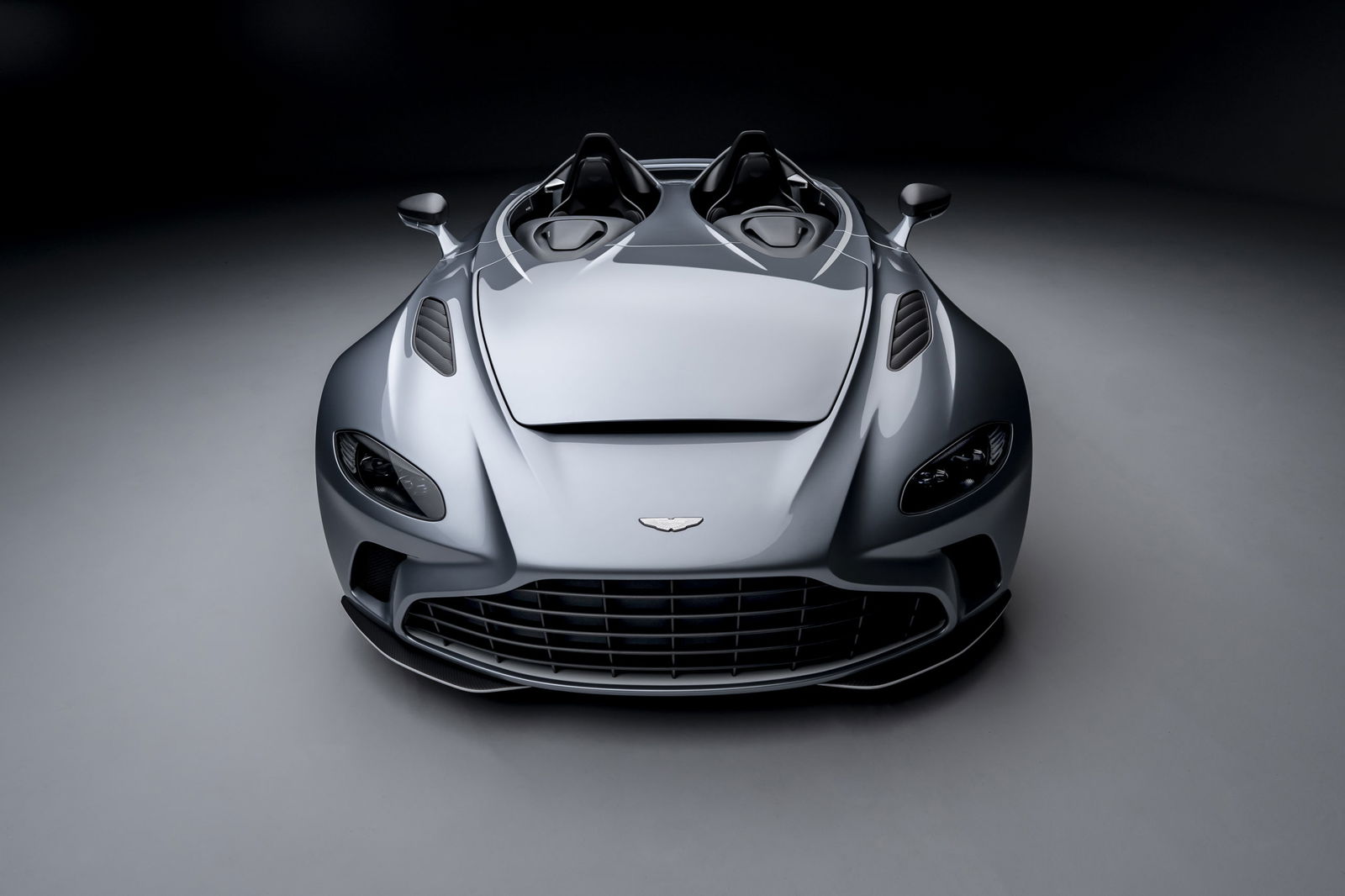
A Formula 1 return will form the foundation for the planned revival of Aston Martin.
Speaking in a video released overnight to replace its planned Geneva Motor Show unveilings, Canadian billionaire Lawrence Stroll, who has led a consortium to take a 16.7 per cent stake in the brand and is titled ‘Future Executive Chairman of Aston Martin Lagonda’ in the video, discussed how he plans to get the company back on track after a troubled 2019.
Under the leadership of CEO Dr Andy Palmer Aston Martin began its ‘Second Century’ business plan in 2015 with the goal of adding an SUV and mid-engine supercars. Stroll said that plan would remain largely unchanged but did say it would be “reset” thanks to his £500m investment.
He confirmed there would be no changes to the DBX or mid-engine program but did say the company would reduce supply to dealers in line with weaker demand from customers.

However, the focus of the long-term future of the company surrounds its return to F1 as a works team, where it will take-over branding on the Racing Point squad; also owned by a Stroll-led consortium.
“The foundation of the strategy is to return Aston Martin to the Formula 1 grid in 2021 operating as its own brand, allowing it to reach a cumulative audience of two billion people per year and engage and entertain our customers at 22 locations each year,” Stroll said. “It’s very exciting for all parties and should underpin the building of our brand globally and allow us to achieve our ambition that Aston Martin will become a pre-eminent luxury brand globally.”
At the same time, Stroll and Palmer unveiled what would have been the brand’s Geneva show star attraction – the limited edition V12 Speedster.
The striking, open-top V12 sports car is the latest product of the brand’s Q by Aston Martin bespoke department that can customise cars to each owner’s personal taste. Q will only build 88 examples of the V12 Roadster with a starting price of £765,000 ($1.3m).

The front-engined machine has been inspired by the brand’s Le Mans-winning DBR1 of the 1950s and the CC100 it built in 2013 to celebrate its centenary. It combines elements of both the DBS Superleggera and Vantage using Aston Martin’s bonded aluminium architecture.
The twin-turbocharged V12 engine makes 522kW of power and 753Nm of torque, and it’s paired to an eight-speed automatic transmission. It rides on 21-inch forged, centre-locking alloy wheels that house huge carbon ceramic brakes (410mm rotors at the front and 360mm at the rear).
Miles Nurnberger, Director of Design for Aston Martin explained the philosophy behind its styling: “No roof or screen, a big engine, low, with broad shoulders and exaggerated and emotional styling with twin humps and the spine separating the driver and passenger. The light, low, rear end contrasts with the bold, enlarged grille, unique headlights and bonnet nostril at the front. The bonnet nostril we haven’t done in a very long time, but we’ve brought them back. It’s a neat trick visually to allow us to win some space for the V12. It creates this iconic looking vent.”
Orders for the V12 Speedster are open now with the first customers due to begin receiving their cars in the first quarter of 2021.













Discussion about this post